Designing a small outdoor space can be both challenging and rewarding, but with the right strategies, you can make the most out of even the tiniest garden or balcony. From selecting low-maintenance plants to incorporating innovative vertical elements, there are many ways to transform your outdoor area into a functional, beautiful space.
1. Low-Maintenance Landscaping
One of the most effective strategies for small spaces is to create a low-maintenance landscape, especially important for those who want a beautiful garden without the constant upkeep. Michelle De Winter, Creative Director of Green Ink Garden Design, emphasises the importance of designing water-efficient gardens:
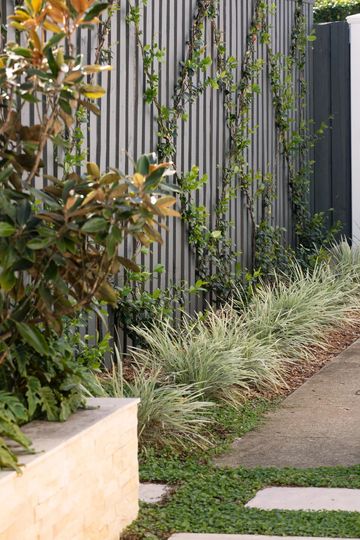
"A key aspect of designing a low-maintenance landscape involves creating water-efficient gardens that help conserve water. In Brisbane, I have developed a few rain gardens that capture and filter stormwater, enabling it to seep into the soil, thus minimising runoff from your property. Mulch and more mulch will conserve water and help with those pesky weeds."
Using local and sustainable materials also helps reduce maintenance, while smart plant choices ensure that your garden thrives without constant attention.
2. Choosing the Right Plants
When it comes to plant selection, drought-tolerant species are a perfect match for low-maintenance gardens. Michelle from Green Ink recommends Australian native plants for their resilience: "Australian native plants are an excellent option for low maintenance and drought tolerance. One plant that features prominently in my designs is the Westringia fruticosa, known for its resilience to drought, frost, and humidity."
With a variety of species available, you can find plants that suit different garden settings, such as Grey Box (a small, naturally rounded shrub), Low Horizon (a ground cover), and Blue Gem (a large shrub that flowers year-round).
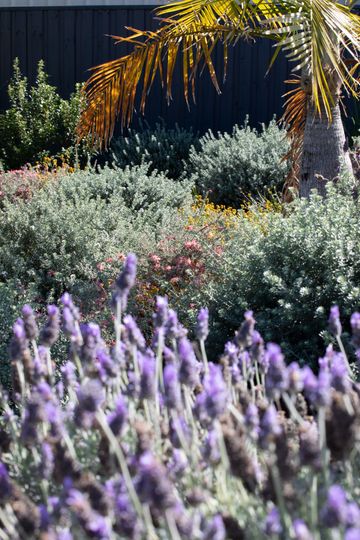
3. Maximising Space and Using Vertical Elements
Making the most of limited space is crucial in small outdoor areas. Janaya Judd from EkoDeck suggests incorporating height to add depth: "Maximising vertical space is key in small outdoor areas. Products like EkoDeck’s screening or new castellated panels can be used as feature walls, offering a modern, low-maintenance solution for adding depth and aesthetic appeal to a compact garden." By using vertical walls, tall plants, and hanging baskets, you can create the illusion of more space and introduce visual interest.
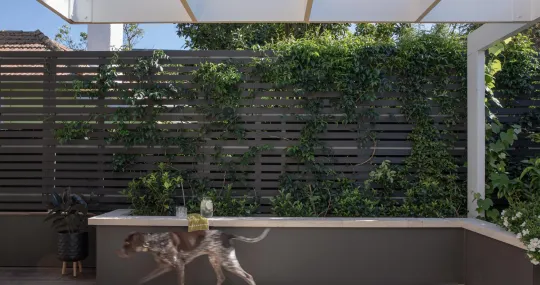
EkoDeck screening in a dark colour helps the wall to disappear and requires very little maintenance.
Additionally, Michelle De Winter advises dark boundary lines to make the space feel more expansive: "I always advise my clients to opt for dark boundary lines to make a space feel more expansive. Fences and boundary lines seem to vanish, directing attention to features like plants and focal points." She also highlights the importance of lighting and outdoor rugs in smaller areas: "The strategic use of garden lighting can enhance the space by illuminating foliage and giving a three-dimensional effect. An outdoor rug can be a fantastic way to delineate different areas within the space."
4. Elevation and Hidden Utilities
Incorporating different elevations can make a small space feel layered and dynamic. Judd explains: "In smaller gardens, incorporating different elevations, like using decking, can create a sense of more space and define areas within the garden." This approach not only adds visual interest but also helps segment the space, translating the feel of a larger garden into a compact one.
Judd also recommends using EkoDeck's screening products to hide unsightly utilities like air conditioning units: "EkoDeck’s screening products are perfect for hiding unsightly elements like air conditioning units or bins. The new castellated panel offers total blockout, making it a sleek, modern option for concealing eyesores."
5. Choosing Durable Outdoor Furniture
Selecting the right outdoor furniture is crucial in making your outdoor space functional and stylish. Leah Howatson, Vice President of Marketing at Castlery, advises investing in high-quality pieces that can withstand the elements: "We recommend investing in good quality outdoor pieces that can withstand the elements. When selecting outdoor furniture, consider how you are going to use the space—whether you want to relax and lounge, or are looking for an additional dining space." Castlery's modular outdoor furniture, such as the Sierra and Rio Outdoor Teak collections, offers customisable solutions that are perfect for small areas.
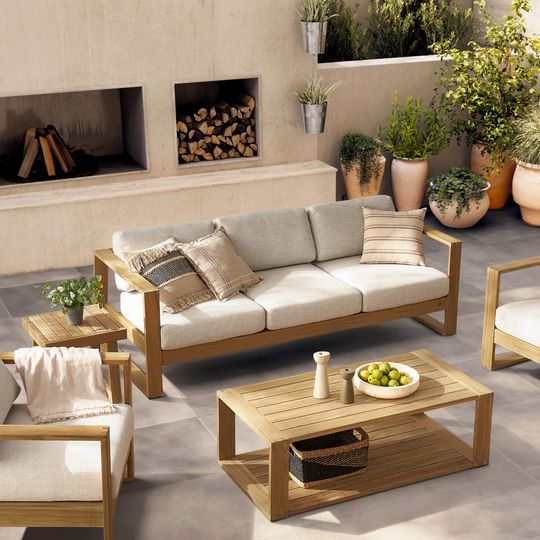
Howatson also suggests sketching out your space before purchasing furniture: "Sketch out your space and then design how you want it to look and feel. You can even use the Castlery Room Designer tool to create a digital mock-up, which automatically scales the space for you."
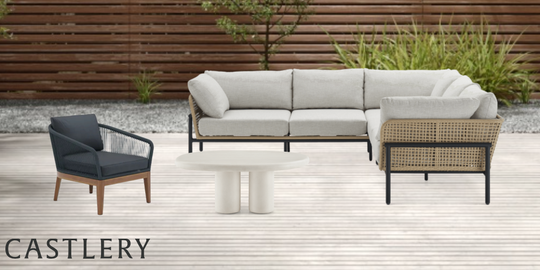
6. Using Planters for Vertical Greenery
In small outdoor spaces, using planters effectively can add greenery without taking up too much ground space. Phillip Hendriks from Pots n Pots recommends narrow planter troughs for balconies and other small areas: "We’ve got these new thin planter boxes that work great because they fit in narrow spaces, but still hold a lot of dirt." For even more space-saving ideas, he suggests using multi-level pot stands or hanging pots: "A baker’s stand or multi-level pot stand is a great way to display multiple pots without taking up too much floor space."
7. Adding Features for Functionality
Finally, small outdoor spaces can benefit from the clever addition of functional features. Karlie Ross from Limitless Queensland highlights the use of vertical green walls and trellises for growing plants in limited space: "Vertical green walls and trellises are clever ways to introduce a variety of plant species into a small space. They can also be used as herb gardens." Ross also suggests sunken fire pits as a way to add dimension and texture to small gardens: "We love installing sunken fire pits in small gardens. The change in height, as well as adding pavers or stone to the base of it, helps add dimension and texture to small spaces."
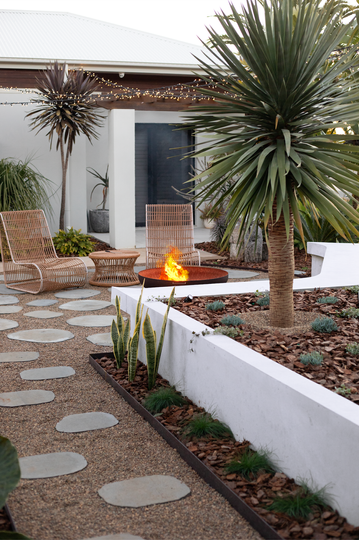
A sunken firepit area creates casual seating around the firepit to maximise space.
By thoughtfully combining these design strategies and incorporating durable, multifunctional furniture, even the smallest outdoor spaces can be transformed into beautiful, practical extensions of your home.